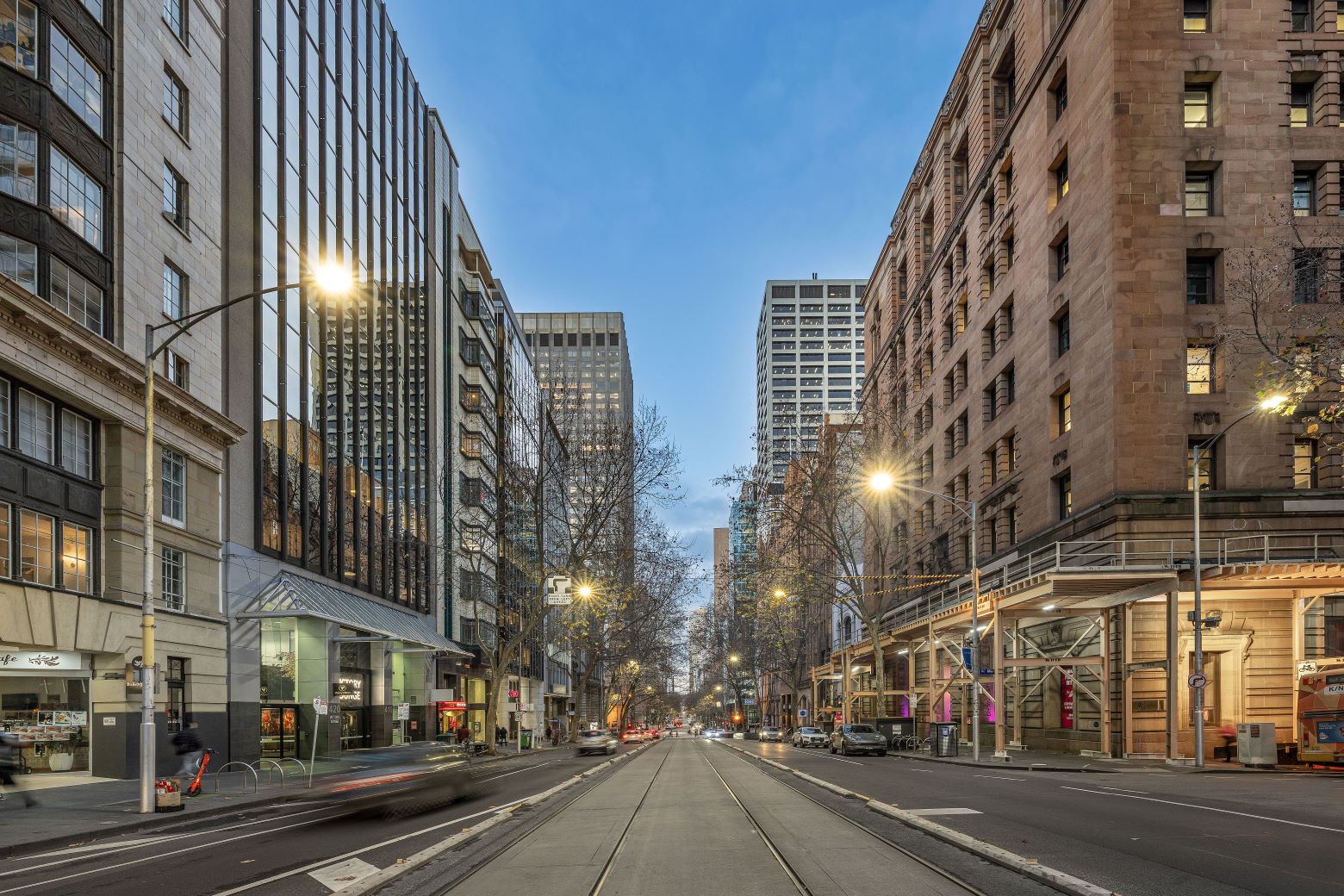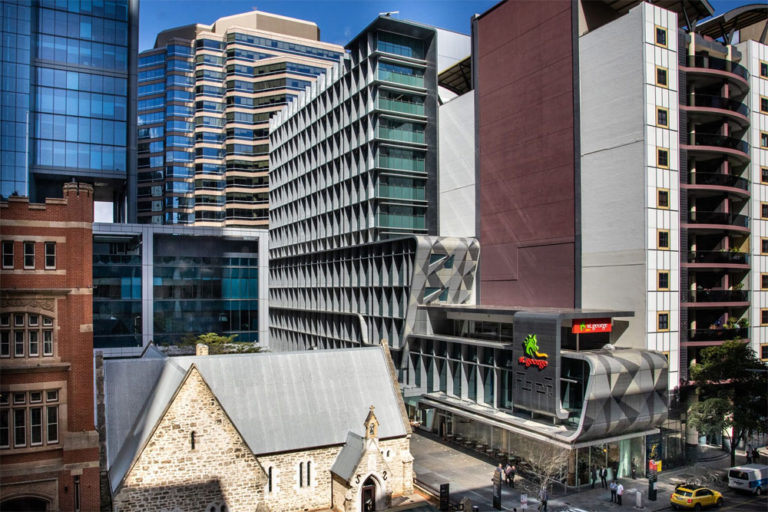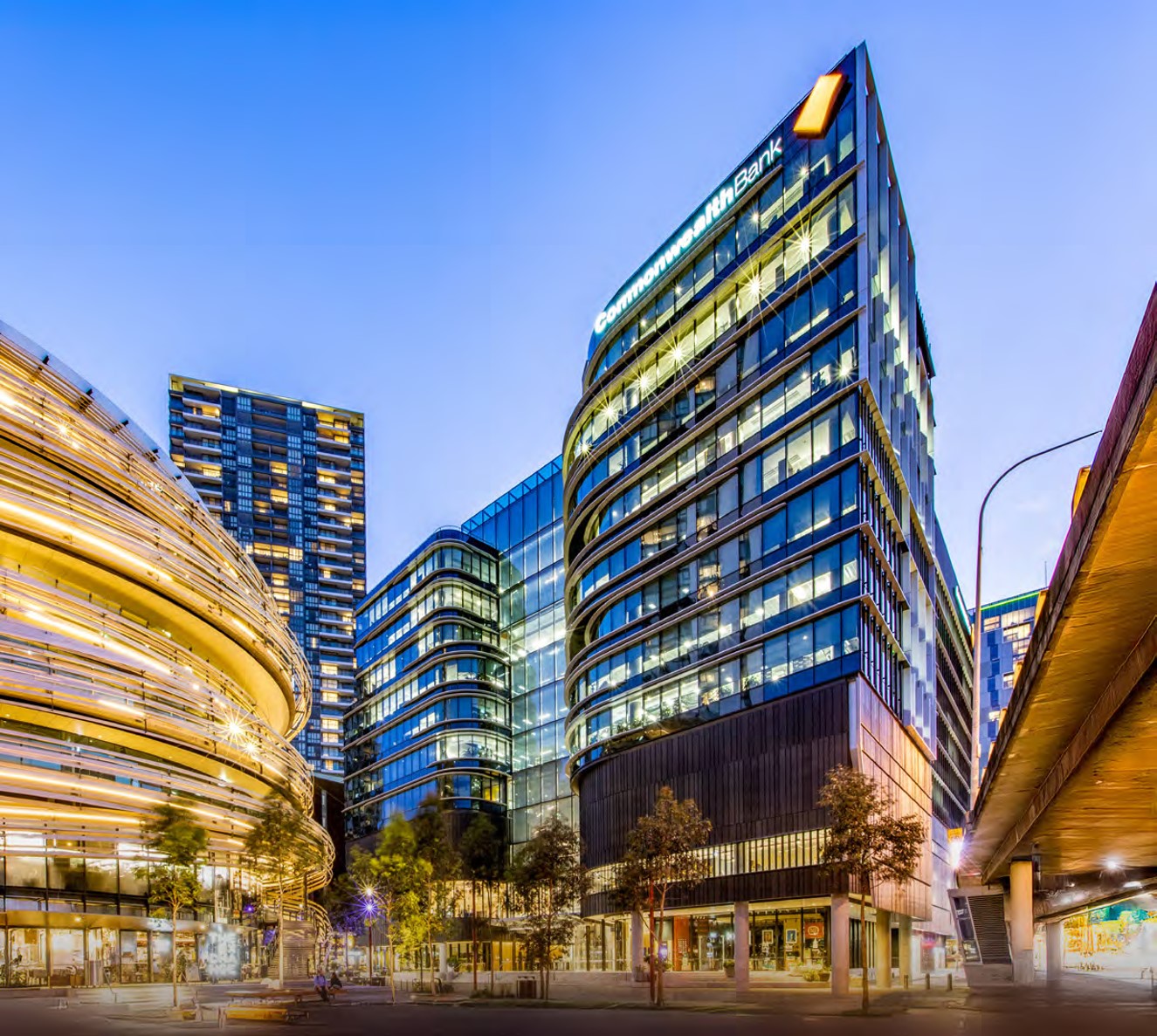
CBD vacancy dips for the first time since the pandemic as premium space tightens and leasing activity surges.
Melbourne’s CBD office market is showing early signs of stabilisation, bucking the national trend of rising vacancy rates, according to the latest Office Market Report released by the Property Council of Australia (PCA).
While the national CBD office vacancy rate edged up from 13.7 to 14.3 per cent over the first half of 2025, Melbourne’s vacancy rate has dipped slightly from 18 per cent to 17.9 per cent – the first decline since the pandemic.
The report highlights a significant supply pipeline for Melbourne, with over 300,000 sqm of new office space planned between now and 2027, including landmark developments at 800 Collins Street, 7 Spencer Street and 435 Bourke Street.
Andrew Beasley, Colliers Regional Director Office Leasing, VIC, said, “The decline in vacancy, from 18% to 17.9%, while modest, indicates early signs of market stabilisation. However, this headline figure masks tightening conditions in premium submarkets, where limited contiguous opportunities are becoming more scarce, particularly in the Eastern Core.”
“With no new supply beyond 2026 forecast, and the next development cycle delayed until 2029/2030 at the earliest, the CBD could face up to five years without any new building supply. This will support reducing vacancy, strong rental growth and declining incentives, led by the Eastern Core. The pendulum will definitely be swinging back in favour of the landlords at this time.”
Michael Darvell, Colliers National Director Office Leasing VIC, said, “Colliers’ gross leasing activity has been exceptionally strong across the Melbourne CBD, outperforming all other capital city markets; accounting for 28% of its national transactions and 44% of CBD deals in the first half of 2025.”
“Leasing volumes rose 39% year-on-year, reflecting strong tenant demand across the market. With the ‘flight to quality’ trend prevalent and Premium options becoming scarce, tenants who delay their accommodation decisions may find their choices become increasingly limited.”
The report also notes a rise in demand for B Grade buildings, suggesting a shift toward affordability and flexibility in leasing decisions. Sublease vacancy rates have decreased, indicating growing tenant confidence in determining long-term space requirements.






